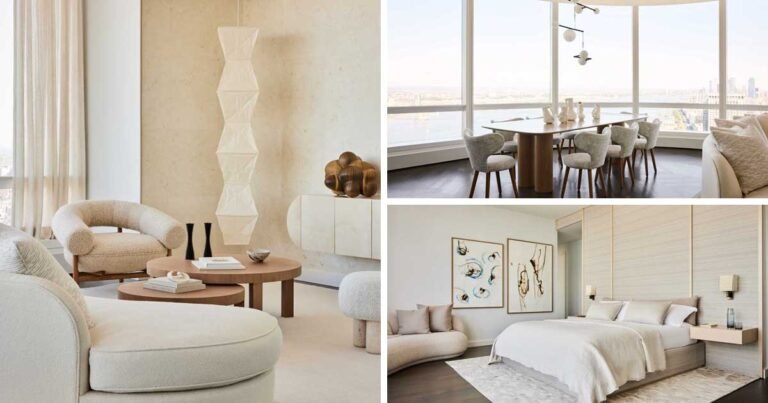Bloomsbury Home and Mews / West Structure
Bloomsbury House and Mews / West Architecture


Text description provided by the architects. On a quiet street in Bloomsbury, this project returns two Grade II listed buildings back to a single house after being used as publishers’ offices since 1974. The project places a room, shared by both buildings, in the reinstated garden. The new element sits on the slab and foundations of a former utility building which was built to serve the offices when they were converted. Demolition of the service building results in the best-preserved window being revealed to the garden and mews for the first time in almost forty years.


The new extension frames views into the garden whilst allowing light into the main house. New windows and doors are positioned to reinforce established connections, vistas, and enfilades within the existing house. Nestling in the cavity between the new extension and main house is a pond garden. By providing the opportunity for planting on both sides, the notion of a room surrounded by a garden was reinforced.


Glimpses of nature are viewed throughout the house. The main house has been refurbished with a particular emphasis on restoration of the finer rooms on the ground and first floors. This includes the reinstatement of their original plan form which was lost when they were converted to offices.

Structure and Materials. The frame of the garden room is entirely timber, comprising two upstand timber beams that span the width of the site and bear on flanking walls built from bricks reclaimed from the demolition of the service building. The Douglas fir timber ceiling is structurally acting as a stressed skin under the main timber members. All of which combine to reduce the visible edge of the roof to minimize its visual impact between house and garden.

The timber lightweight structure allowed us to re-use the existing foundations and slab, reducing waste and preventing the use of new concrete. The two upstand beams are revealed from the view above in the house and mews. Set back from the edge of the roof they are also used to retain the green sedum roof. The frame is clad in 2mm patinated bronze sheets, the tone of which echo the surrounding brickwork.







